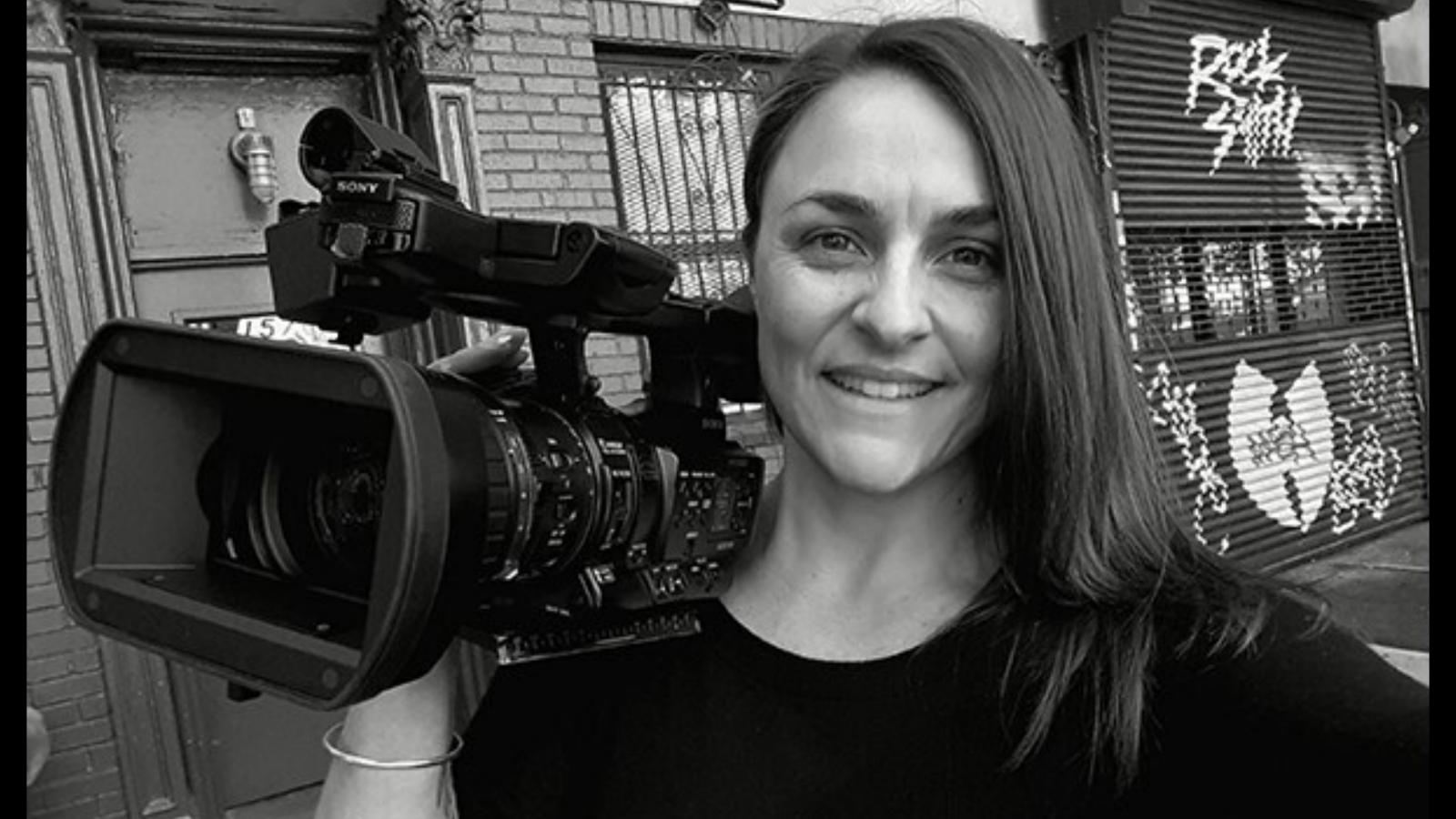
“I was about five years old when my mum gave me my first camera. I had this inbuilt need to capture the people around me in an honest way—I just always had a lens on my family and friends! This may have been a genetic thing passed down by my great-grandfather, who was an amazing photographer—one of Wellington’s first I’m told”.
This passion for documenting her surroundings endured, eventually leading Ana to complete an Honours Degree in Design at Massey University in 2004, where she majored in photography.
During her degree she was inspired by her teacher, the late Professor Tony Whincup, who is remembered for his extensive and vivid photography of daily life on the small Pacific island nation of Kiribati.
With a family background in teaching, Ana then completed a Postgraduate Diploma in Secondary Teaching at Victoria University of Wellington and began her own career as an educator.
“I taught at Kāpiti College, my old high school, for several years, then lived and worked as a teacher in London for three years.”
Eventually she returned to Wellington, where she led a team at the Ministry of Education tasked with developing teaching and assessment materials aligned to the New Zealand curriculum document Te Marautanga o Aotearoa (2008), for Māori-medium secondary school students.
“I really enjoyed that mahi. It was extremely challenging and incredibly important, but after many years working in education I realised that if I was going to pursue my dream of building a career in photography and filmmaking, I couldn’t put it off any longer.”
“As a teacher, I’d spent so much time encouraging students to follow their dreams—it felt important that I also followed mine,” she says.
To test whether pursuing a career in the film industry was the right move, Ana completed a Diploma in Digital Film from the Southern Institute of Technology in 2015, while working full-time at the Ministry.
Ana wanted to study documentary-specific filmmaking, because of her passion for telling the stories of her own people, and so she began looking at programmes on offer in New Zealand and overseas.
She decided to visit New York where she had found three film schools offering the sort of programme she was looking for.
“I really liked the staff and course design at the School of Visual Arts (SVA), which offered a two-year intensive programme,” says Ana.
Ana was accepted into the Master’s in Social Documentary Film course at SVA and then worked hard to fund her studies. She was fortunate to receive several scholarships, some of which include the Ngārimu VC and 28th Māori Battalion Memorial Scholarship, a Fulbright General Graduate Award, a Fellowship from the American Association for University Women and the Queen Elizabeth II Scholarship from the Māori Education Trust, all of which she says made a huge difference.
“It was amazing studying in New York,” says Ana.
“The programme was very international, so I had an opportunity to work with people from all over the world with varying experiences and perspectives on filmmaking and life in general.”
“Our class was small too, just 17 students. We were like a family. Some of us have worked on projects together since graduation and will probably continue to keep working together for many years to come.”
Being older, (Ana was 34 when she left for New York), she wasn’t as worried about getting out of her comfort zone, either.
“As cliché as it sounds, in New York, everything really does feel possible! Often, you’re only one or two degrees of separation from key film industry contacts, so there are excellent opportunities for development.”
Ana plans to continue working in New York for a little longer, so that when she returns to New Zealand she’ll be ready to continue her career as a full-time documentary filmmaker, with a focus on telling Māori stories.
“For me, the ultimate goal is to return to New Zealand fully equipped to jump onto stories that need to be told here.”
“I’m naturally drawn to the documentary genre—I just find people’s lives fascinating and important. You don’t need to be famous to have a story that is worthy of being told,” says Ana.
“Although things are changing for us now, Māori have historically not had the opportunity to tell our stories on our own terms. I believe it’s important that our children and grandchildren are able to hear these stories from their own people.”
